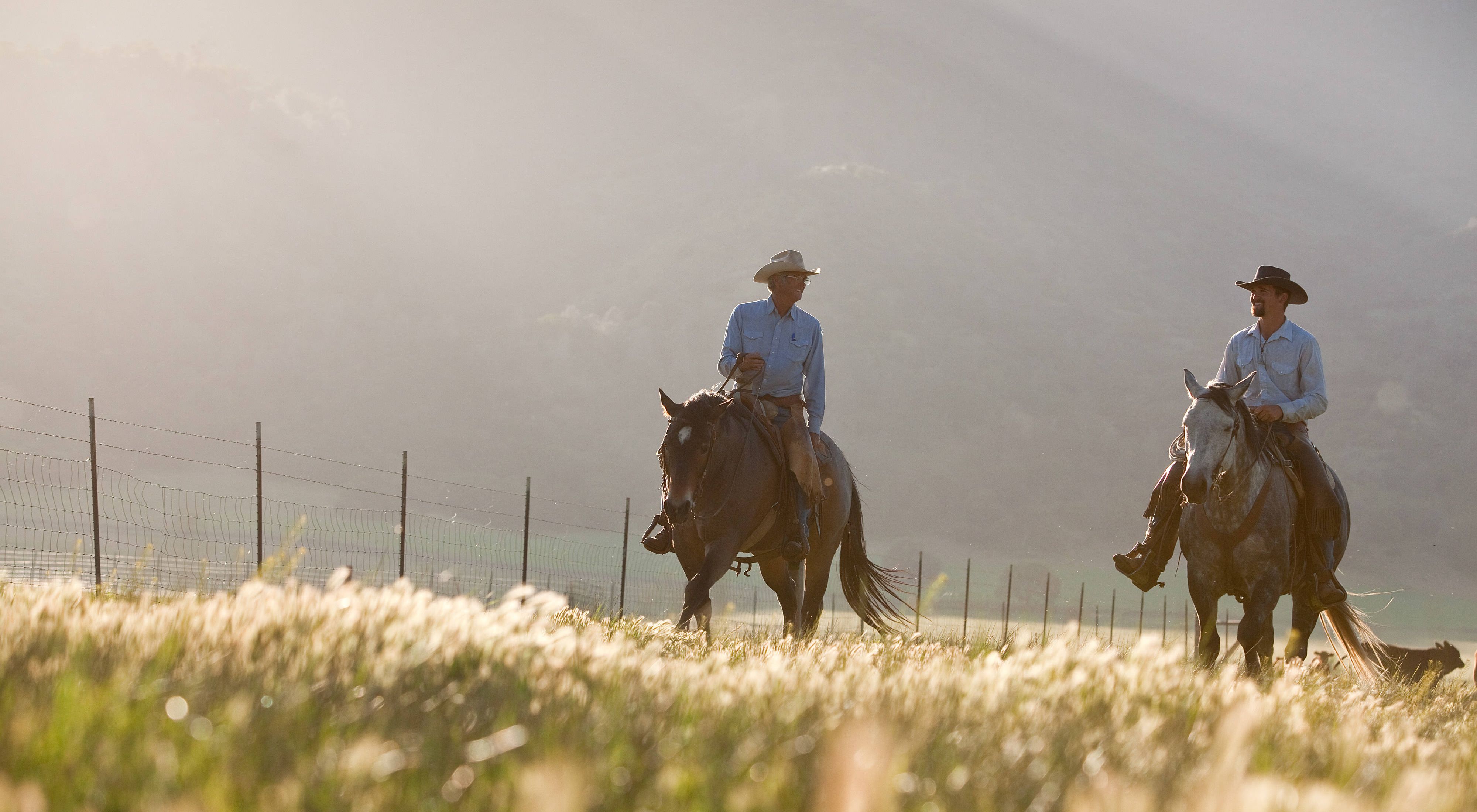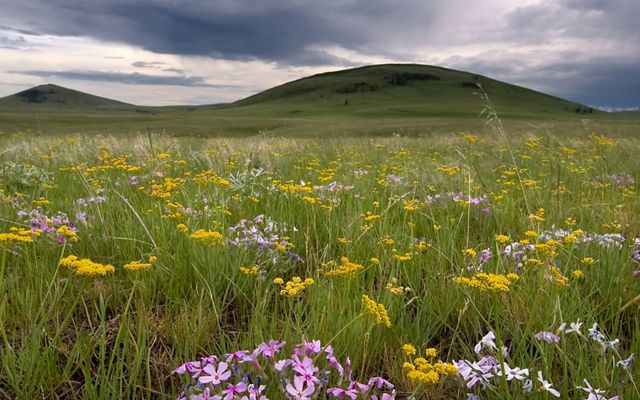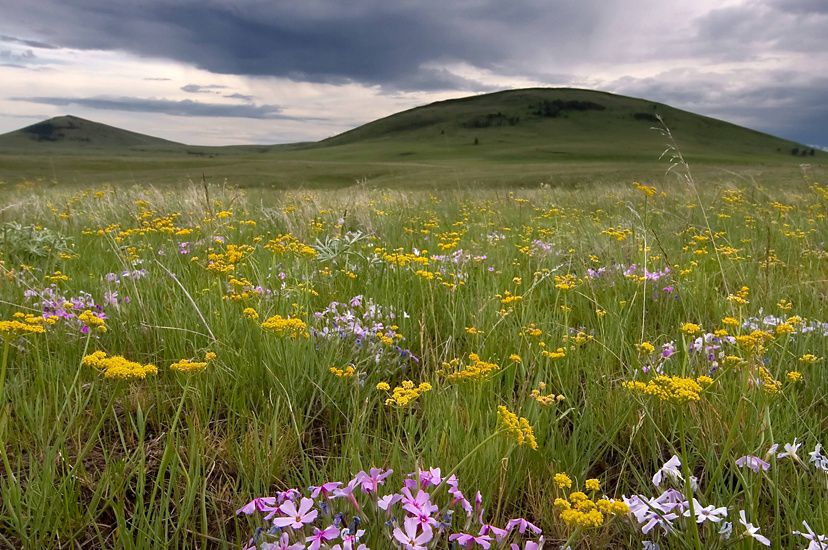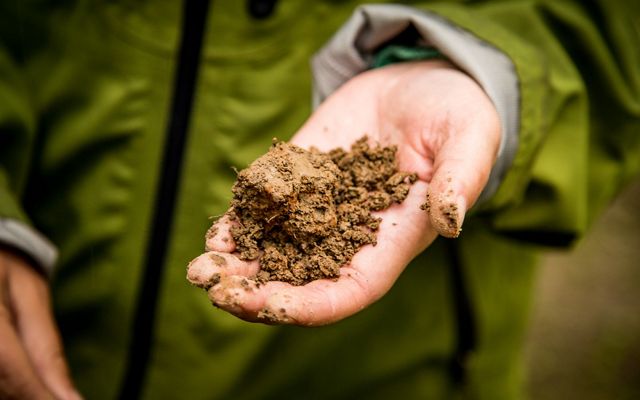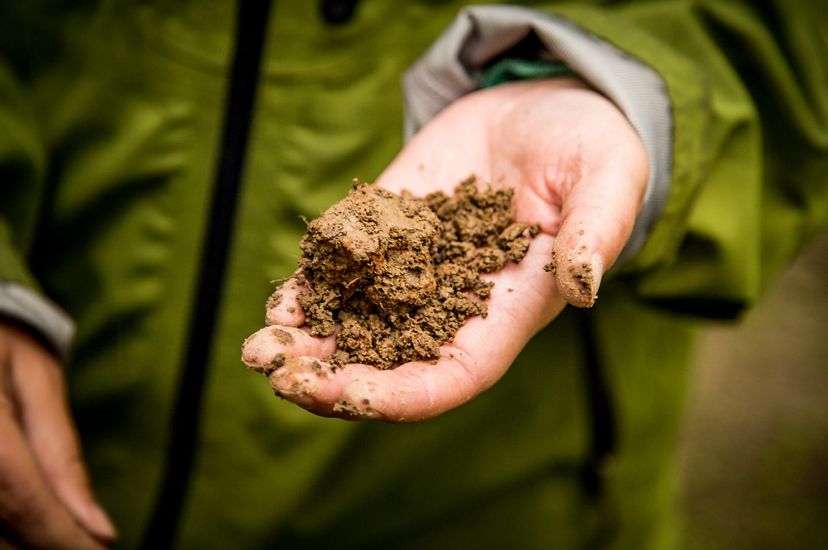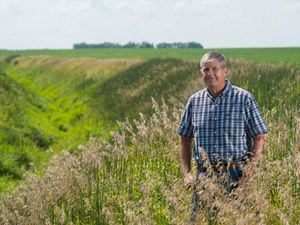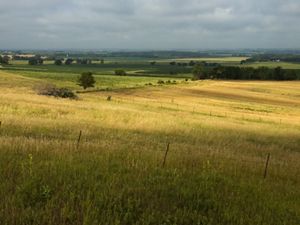What You Need to Know About the U.S. Farm Bill
Working together to restore the environment, enhance food production, and combat climate change.
The Farm Bill is the largest source of federal funding for conserving private land in the United States. About half the land in the contiguous United States – nearly 900 million acres – is cropland, rangeland, forestland, or pastureland eligible for programs funded by the Farm Bill.
The bill supports voluntary, incentive-based programs that help farmers and other landowners conserve their lands and their ways of life. These include initiatives for science-driven, sustainable management of farms, ranchlands, forests, and grasslands.
The U.S. Congress typically renews the Farm Bill every five years, often with strong, bipartisan cooperation.
Get the Facts on the U.S. Farm Bill
The 2018 Farm Bill was the most conservation-focused yet, increasing funding for easements that help farmers conserve their lands, enacting new policies to improve the management of private forest lands, and many other steps.
This year, lawmakers will begin their work on the next Farm Bill, which has the potential to drive even more resources toward private land conservation and a host of other priorities, including clean energy, equity, and inclusion.
How the Farm Bill Benefits People and Nature
Conservation practices supported by the Farm Bill result in cleaner water, increased carbon sequestration, healthier soils, enhanced wildlife habitat, more outdoor recreation opportunities, and increased flood control.
It can be challenging for producers to incorporate conservation practices into their operations when the requirements for these programs can be challenging to balance with other U.S. Department of Agriculture (USDA) programs and incentives. The Farm Bill is an opportunity to bolster conservation programs and make it easier for all producers to incorporate them into their operations.
The country’s forests are a vital natural resource, and a strong Farm Bill ensures national and private forests remain healthy and productive. Forest lands – whether federal, state, or private – are huge economic drivers in many communities, and everyone benefits from the clean air and water, habitat, recreation, timber, and forest products they provide.
Expanding and preserving renewable energy investments is critical for clean, low-impact power. A robust Farm Bill guarantees rural Americans a say in renewable energy deployment by funding infrastructure investments facilitating farmer, rancher, and landowner participation in the clean energy economy while maintaining and enhancing their working lands.
It also presents a significant opportunity to center equity in conservation and climate mitigation by increasing and improving access to Farm Bill programs and funding, facilitating access to markets, and improving research and data collection and access.
Critical Farm Bill Programs and Policies
Regional Conservation Partnership Program
Increasing the restoration and sustainable use of soil, water, and other natural resources on a scale large enough to make a significant impact is daunting at times – but it’s important work that benefits us all. The best approach is often working with partners in strategic areas to address the most critical conservation needs with as many hands as possible.
The Regional Conservation Partnership Program (RCPP), introduced in the 2014 Farm Bill, makes this approach possible. Starting with federal resources, RCPP brings new partners and new funding to the conservation table, maximizing the impact.
This resource empowers communities and drives public-private partnerships to find local, innovative solutions to complex natural resource challenges for watersheds and landscapes. The program has mobilized more than 2,000 conservation partners who have invested about $1.4 billion, doubling the amount of federal funding for these projects.
Easement Programs
Conservation easements are one of the most potent and practical tools available for the permanent conservation of private lands in the United States. They are voluntary, legally binding agreements that limit certain types of uses or prevent development from taking place on a piece of property now and in the future, protecting the property’s ecological and open space values.
For more than 40 years, easements have protected wildlife habitat and open space from development, kept land in private hands and generated significant benefits for the public.
The Agricultural Conservation Easement Program in the Farm Bill includes two vital components: Agricultural Land Easements and Wetlands Reserve Easements. Agricultural Land Easements protect the long-term viability of the nation’s food supply by preventing the conversion of productive working lands to non-agricultural uses, while Wetlands Reserve Easements improve water quality and supply, provide habitat for fish and wildlife and support outdoor recreation.
Soil Health
Healthy soil is the cornerstone of life on Earth. It facilitates ecosystem diversity, amplifies food production, allows for effective water filtration and storage, and captures soil carbon, which helps reduce the impacts of increasingly variable weather patterns.
The Farm Bill helps improve soil health by increasing the number of acres managed with soil health and nutrient stewardship practices through programs like the Environmental Quality Incentives Program.
Suppose farmers can manage nutrients more efficiently to reduce runoff and restore wetlands to capture nutrients escaping their fields. In that case, it will lead to cleaner waterways and drinking water. And, since excessive nutrient runoff from farms and other sources contributes to algal blooms, it would slow the growth of dead zones that contaminate drinking water and suffocate aquatic life.
